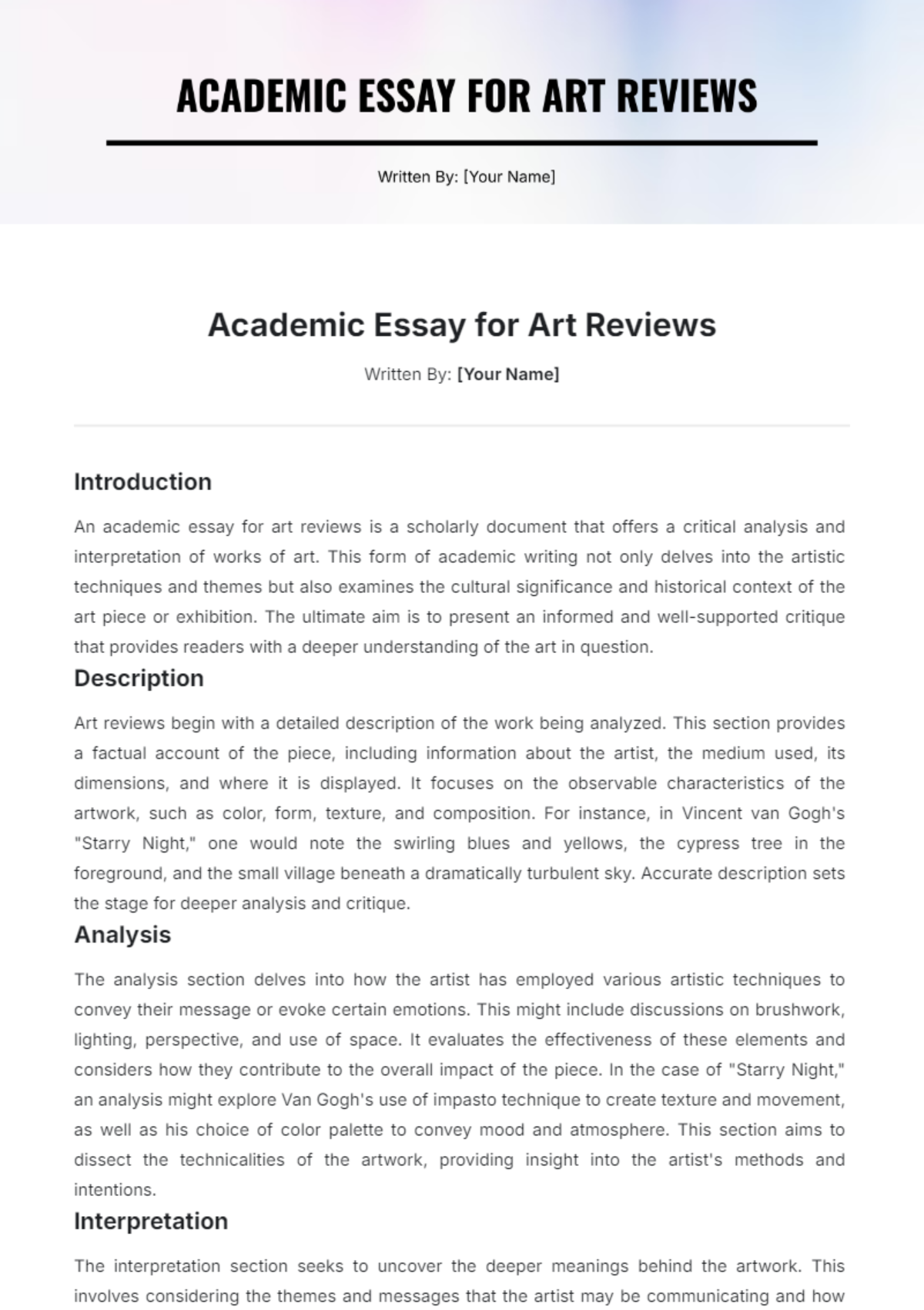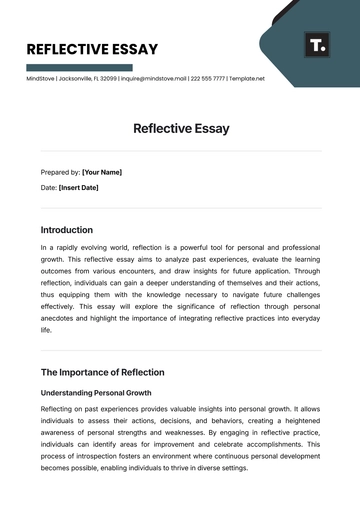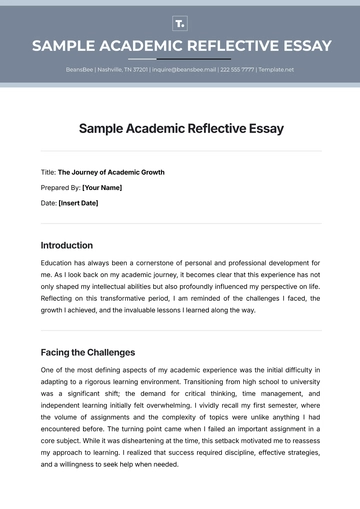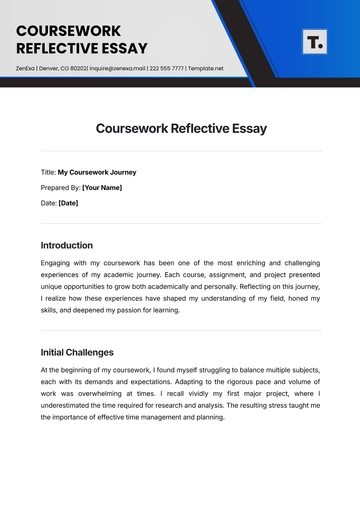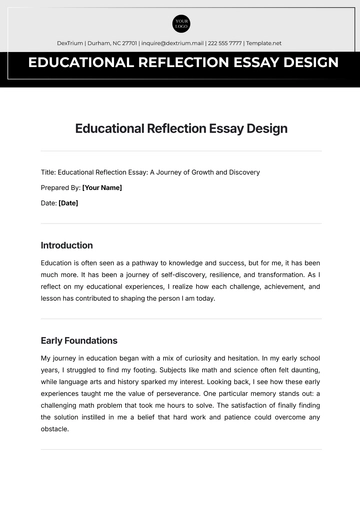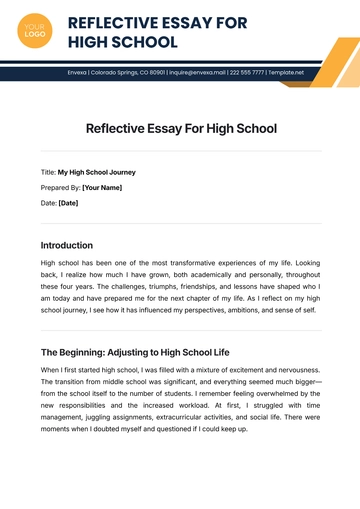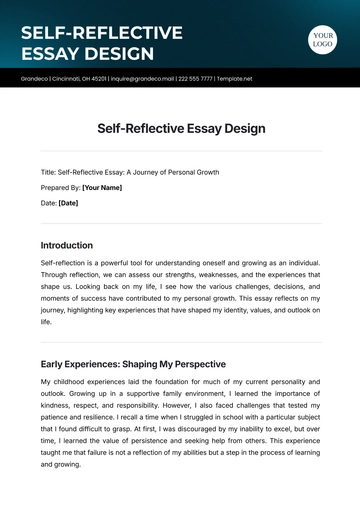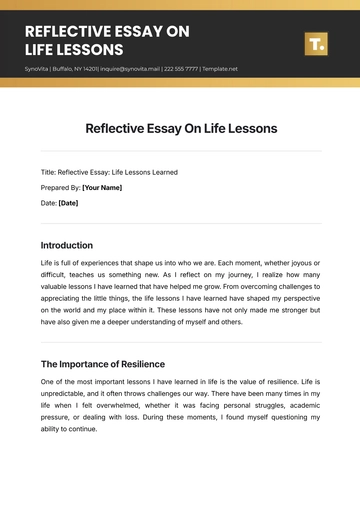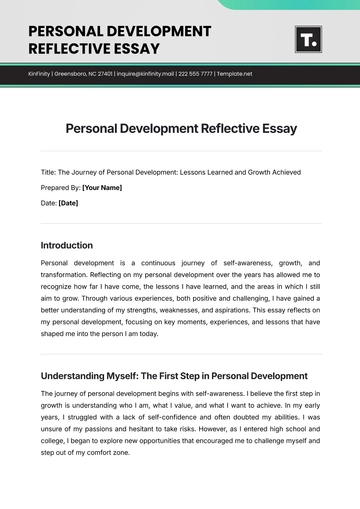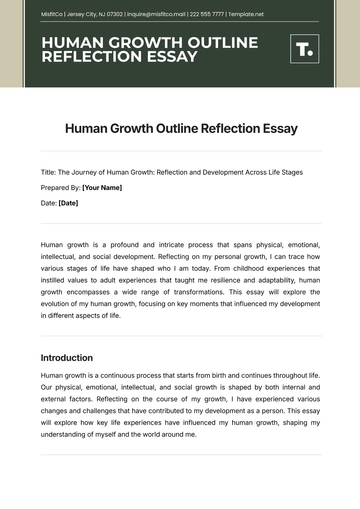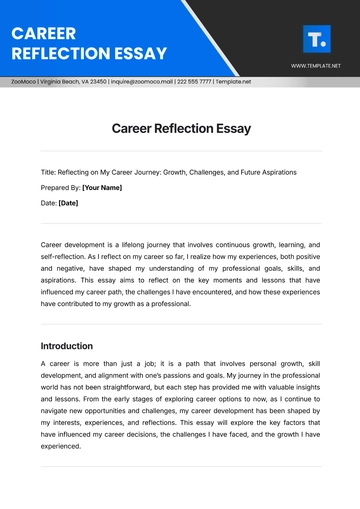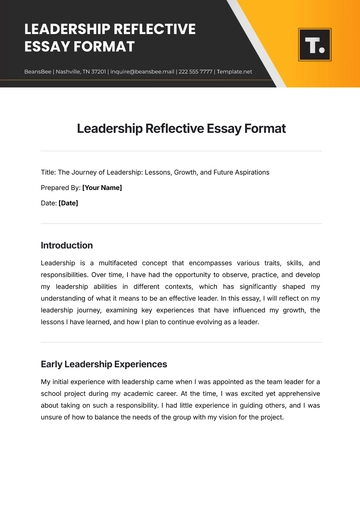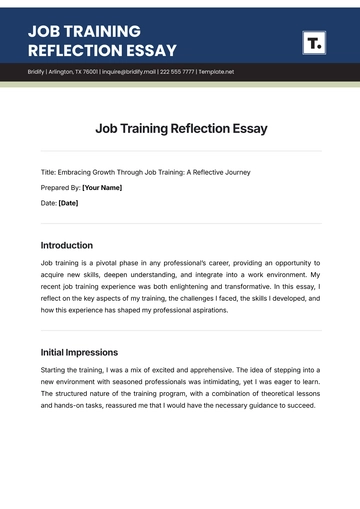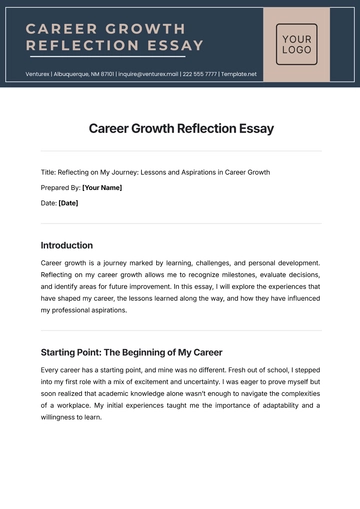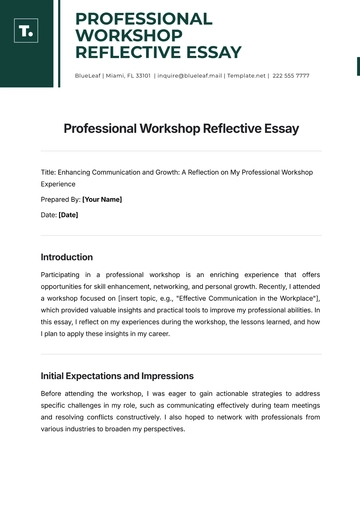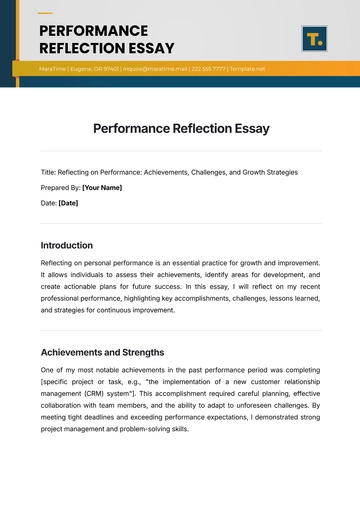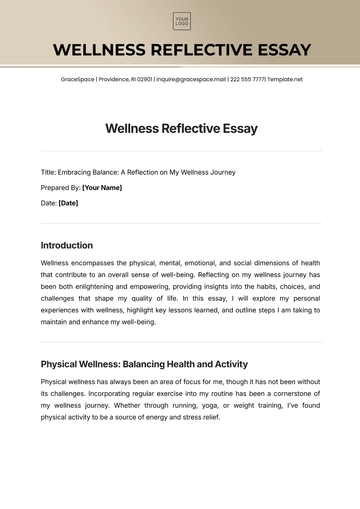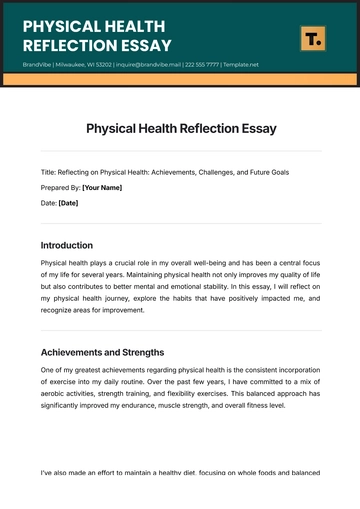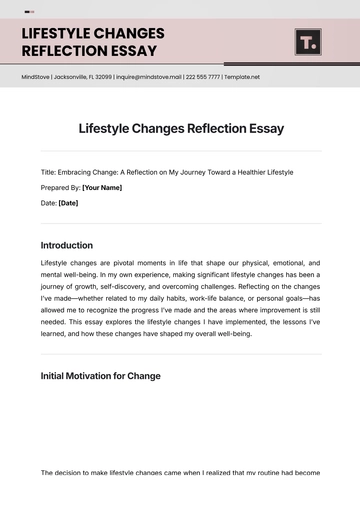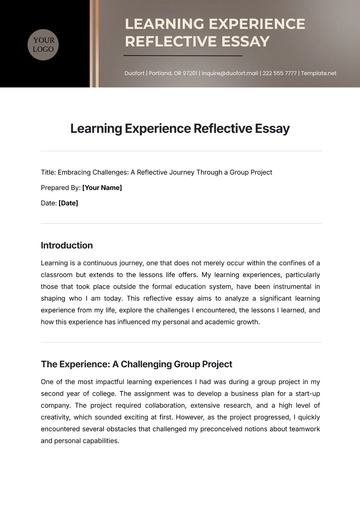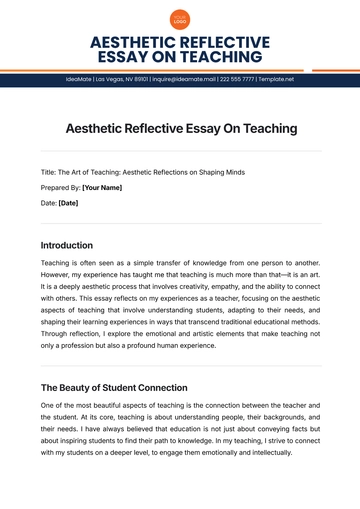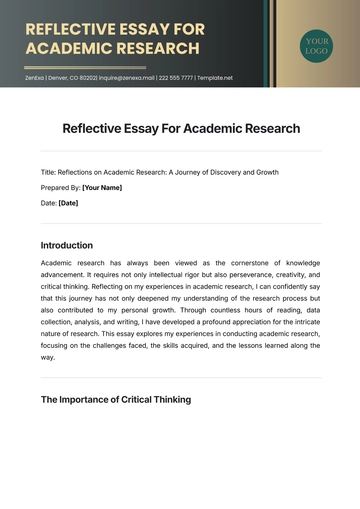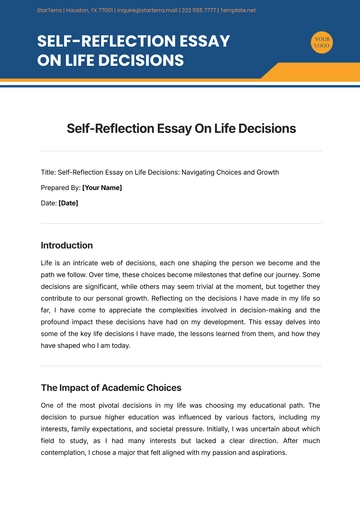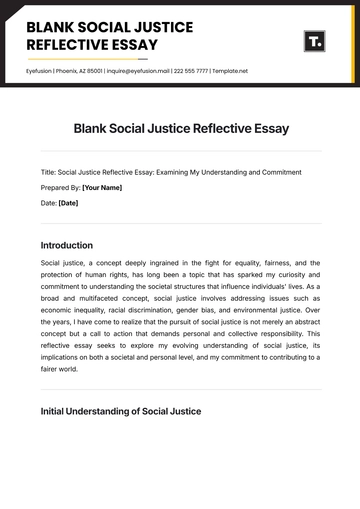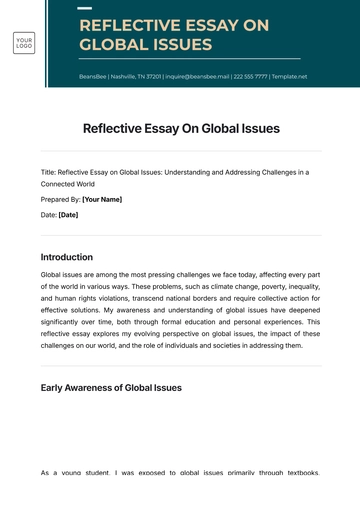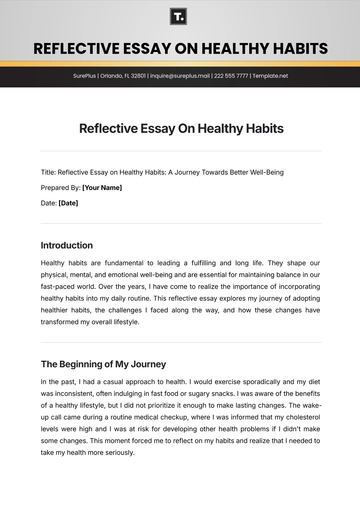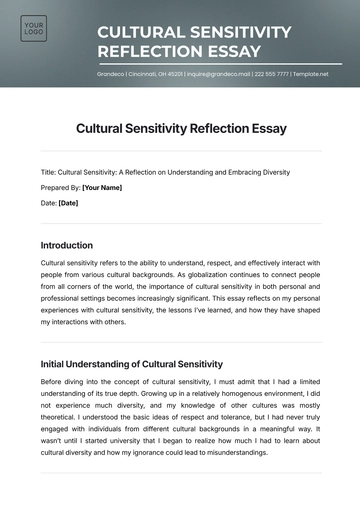Academic Essay for Art Reviews
Written By: [Your Name]
Introduction
An academic essay for art reviews is a scholarly document that offers a critical analysis and interpretation of works of art. This form of academic writing not only delves into the artistic techniques and themes but also examines the cultural significance and historical context of the art piece or exhibition. The ultimate aim is to present an informed and well-supported critique that provides readers with a deeper understanding of the art in question.
Description
Art reviews begin with a detailed description of the work being analyzed. This section provides a factual account of the piece, including information about the artist, the medium used, its dimensions, and where it is displayed. It focuses on the observable characteristics of the artwork, such as color, form, texture, and composition. For instance, in Vincent van Gogh's "Starry Night," one would note the swirling blues and yellows, the cypress tree in the foreground, and the small village beneath a dramatically turbulent sky. Accurate description sets the stage for deeper analysis and critique.
Analysis
The analysis section delves into how the artist has employed various artistic techniques to convey their message or evoke certain emotions. This might include discussions on brushwork, lighting, perspective, and use of space. It evaluates the effectiveness of these elements and considers how they contribute to the overall impact of the piece. In the case of "Starry Night," an analysis might explore Van Gogh's use of impasto technique to create texture and movement, as well as his choice of color palette to convey mood and atmosphere. This section aims to dissect the technicalities of the artwork, providing insight into the artist's methods and intentions.
Interpretation
The interpretation section seeks to uncover the deeper meanings behind the artwork. This involves considering the themes and messages that the artist may be communicating and how the work reflects or challenges cultural norms and historical events. Interpretation requires context: knowing the artist's background, the period in which the work was created, and any relevant societal influences. For example, interpreting "Starry Night" might involve understanding Van Gogh's mental state during its creation, the influence of Impressionism and Post-Impressionism, and the symbolic meanings of the night sky and landscape elements. This section connects the artwork to broader human experiences and societal issues.
Conclusion
The conclusion synthesizes the insights gained from the description, analysis, and interpretation sections, offering a final evaluative statement about the artwork. It might reaffirm the artwork's significance, discuss its impact on viewers, and propose areas for further study or exhibition. The conclusion aims to wrap up the critique by providing a coherent summation that reflects the overall assessment of the art piece or exhibition.
References
All sources and references used in the essay should be properly cited to support the analysis and interpretation. This may include art history texts, journal articles, exhibition catalogs, and other scholarly materials. Proper citation format (such as APA or MLA) should be used to ensure academic integrity and allow readers to locate the sources.
Hulsker, J. (2050). The Complete Van Gogh. Oxford University Press.
Sund, J. (2053). True to Temperament: Van Gogh and French Naturalist Literature. Art Journal, 62(1), 18-35.
Smith, H. (2056). Impressionism and Post-Impressionism. The Metropolitan Museum of Art Bulletin, 68(3).
Essay Templates @ Template.net
